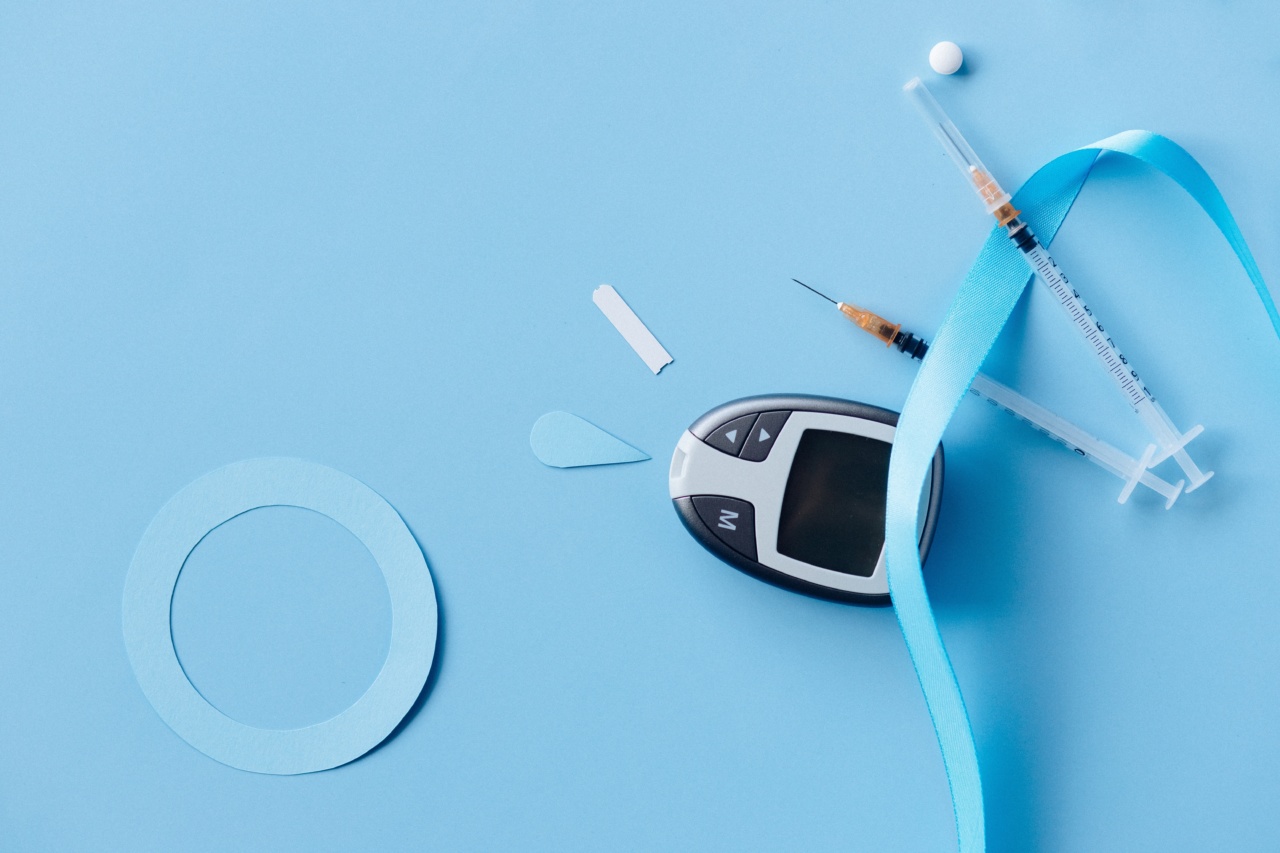Type 2 diabetes is a metabolic disorder that affects millions of people worldwide.
It is characterized by high blood sugar levels resulting from the body’s inability to properly utilize insulin or the pancreas’s inability to produce enough insulin. Current treatments for type 2 diabetes include lifestyle changes, medication, and insulin therapy. However, the search for alternative treatments has led to the exploration of hypoxia.
What is Hypoxia?
Hypoxia is a condition in which the body or a part of the body is deprived of adequate oxygen supply. This lack of oxygen can be caused by a variety of factors, including high altitude, lung disease, heart disease, or certain medical conditions.
When the body is in a state of hypoxia, it triggers a series of responses aimed at restoring oxygen balance. These responses include the release of hormones and growth factors and the activation of specific genes.
Hypoxia and Type 2 Diabetes
Recent studies have suggested that hypoxia may have a beneficial effect on type 2 diabetes. The underlying mechanism revolves around the fact that hypoxic conditions activate a specific protein called hypoxia-inducible factor 1-alpha (HIF-1α).
This protein is involved in regulating the body’s response to hypoxia and has been shown to have a direct effect on insulin sensitivity.
HIF-1α has been found to stimulate glucose uptake and utilization in the body’s cells, which results in a reduction of blood sugar levels.
This effect is achieved through the increased expression of glucose transporters and enzymes involved in glucose metabolism. In addition, HIF-1α has been shown to protect pancreatic cells from damage and enhance their ability to produce insulin, which is crucial in the treatment of type 2 diabetes.
Evidences Supporting Hypoxia as a Treatment for Type 2 Diabetes
Several studies have provided evidence supporting the idea that hypoxia may be a viable treatment option for type 2 diabetes.
One study published in Diabetologia found that hypoxia treatment improved glucose tolerance and insulin sensitivity in obese mice, reducing their blood sugar levels and increasing insulin production. Another study published in the Journal of Clinical Investigation found that intermittent hypoxia improved insulin sensitivity in humans with type 2 diabetes.
Another study published in Diabetes found that hypoxic preconditioning (brief periods of hypoxia exposure) improved glucose uptake and insulin sensitivity in rats with type 2 diabetes, reducing their blood sugar levels and improving their lipid profile. Hypoxia preconditioning was found to be more effective than sustained hypoxia in improving insulin sensitivity and glucose uptake.
Possible Mechanisms Involved in the Effect of Hypoxia on Type 2 Diabetes
The exact mechanisms underlying the beneficial effect of hypoxia on type 2 diabetes are still being studied. However, several potential mechanisms have been proposed based on the current understanding of hypoxia’s effect on the body.
One proposed mechanism involves HIF-1α and its effect on glucose uptake and utilization. As mentioned earlier, HIF-1α has been found to increase the expression of glucose transporters and enzymes involved in glucose metabolism.
This effect results in an increased uptake and utilization of glucose by the body’s cells, leading to a reduction in blood sugar levels.
Another proposed mechanism involves the protective effect of hypoxia on pancreatic cells. Pancreatic cells are responsible for producing insulin, and their dysfunction is a hallmark of type 2 diabetes.
Hypoxia has been found to protect pancreatic cells from damage and enhance their ability to produce insulin, which is crucial in the treatment of type 2 diabetes.
Possible Complications of Hypoxia Treatment
While hypoxia may have potential benefits for the treatment of type 2 diabetes, it is important to note that it can also have negative effects on the body.
As mentioned earlier, hypoxia is a condition in which the body or a part of the body is deprived of adequate oxygen supply. Prolonged hypoxia can cause tissue damage and even death, and it can also have negative effects on the cardiovascular and respiratory systems.
Therefore, any hypoxia treatment for type 2 diabetes must be carefully monitored and controlled to avoid potentially dangerous complications.
The duration and intensity of hypoxia exposure must be carefully regulated to ensure that it is within safe limits.
Conclusion
In summary, hypoxia is a condition that can have potential benefits for the treatment of type 2 diabetes. Hypoxic conditions activate HIF-1α, which has been found to increase insulin sensitivity and glucose uptake and utilization.
Hypoxia has also been found to protect pancreatic cells, which are responsible for producing insulin. However, any hypoxia treatment for type 2 diabetes must be carefully monitored and controlled to avoid potential complications.





























